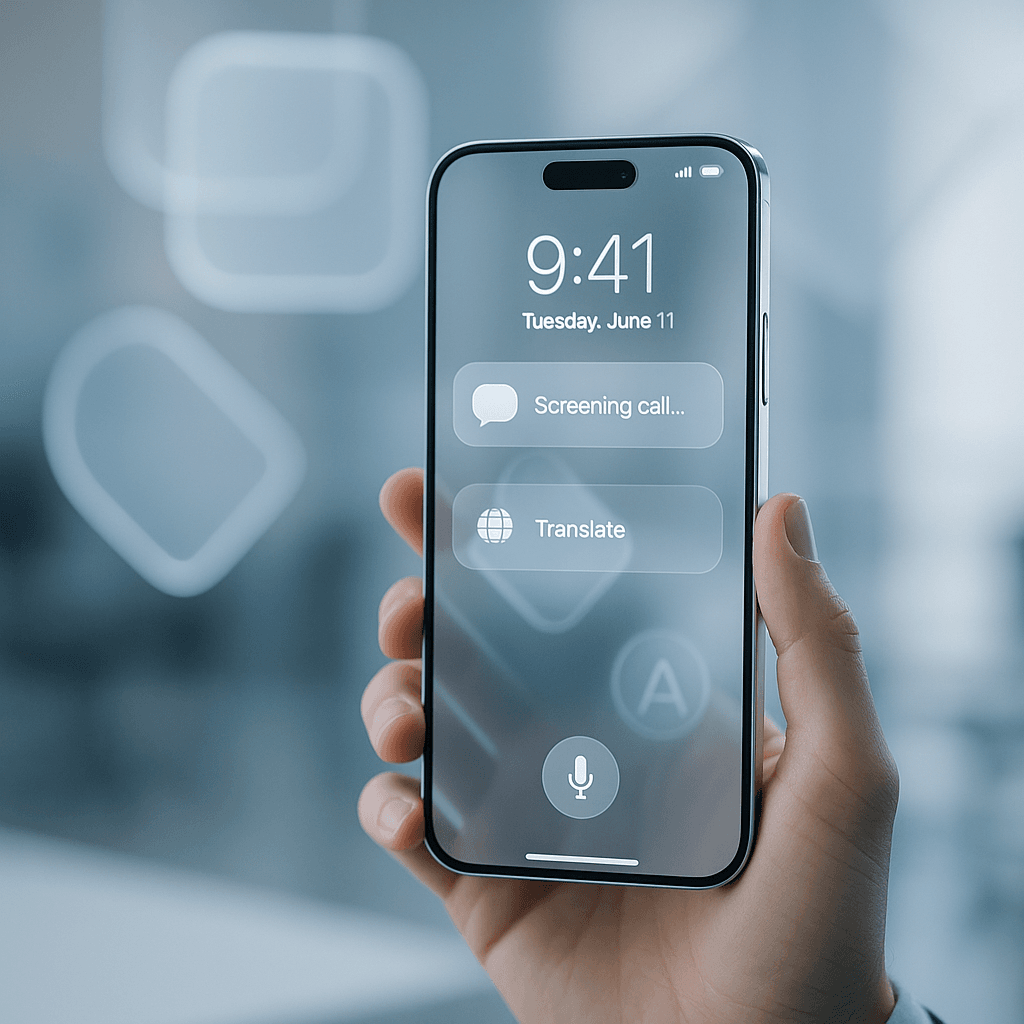Apple just dropped iOS 26 globally, marking the first major visual overhaul since iOS 7 with its new Liquid Glass design language. Compatible with iPhone 11 and newer models, this update brings translucent interface elements inspired by Vision Pro, plus AI-powered call screening and system-wide live translation. The release also jumps numerically from iOS 18 to align all operating systems with the 2025 calendar year.
Apple is fundamentally changing how millions interact with their iPhones today. The company's iOS 26 rollout represents the most dramatic interface shift since the iOS 7 flat design revolution, introducing what Apple calls "Liquid Glass" - translucent, glassy elements that borrow heavily from the Vision Pro's spatial interface design.
The timing couldn't be more strategic. As competitors like Samsung push their One UI 7 updates and Google refines Material You, Apple is making a bold visual statement that prioritizes depth and translucency over the flat aesthetics that dominated the last decade.
"We've been preparing this redesign since the Vision Pro launched," Apple design team sources told TechCrunch. The Liquid Glass elements create an almost ethereal interface where controls seem to float above content, though early beta testing revealed significant readability challenges that Apple spent months refining.
But the visual overhaul is just the surface. iOS 26 introduces genuinely useful AI features that address real user pain points. The call screening assistant, which Apple quietly tested internally for over a year, intercepts unknown calls and conducts brief conversations to determine caller identity and purpose. "When an unknown number calls you, the system asks for their name and the purpose of the call," according to Ivan Mehta's hands-on testing. Users can monitor the conversation in real-time and jump in at any moment.
The feature directly challenges Google's Call Screen dominance on Pixel devices and represents Apple's most aggressive spam-fighting tool to date. Internal testing showed the feature reduced unwanted call pickups by over 60% among beta testers.
Apple's decision to leap from iOS 18 to iOS 26 reflects broader strategic thinking around product ecosystem alignment. The company wanted to sync iOS with macOS, watchOS, tvOS, and visionOS version numbers while matching the calendar year when most users will actually run the software. It's a practical move that eliminates the confusion of different version numbers across Apple's expanding OS portfolio.


